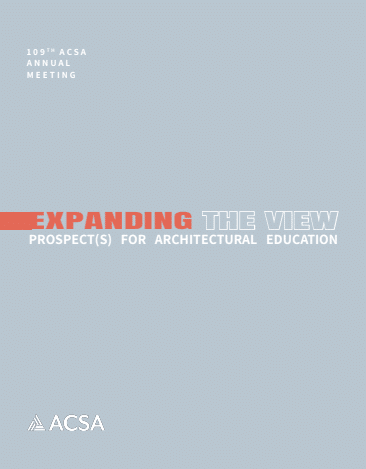Author(s): Pier Francesco Cherchi, Marco Lecis & Caterina Giannattasio
Hospitable City is a radical design experience between research and pedagogy that addresses the theme of the reuse of large historic buildings. Hospitable City is not merely intended to be a way to adapt old buildings for new purposes. Rather, it is an opportunity to develop new strategies that might link the city and its citizens to abandoned or underused spaces committed to health, well-being, and improved sociality. Hospitable City tackles these issues, focusing on the case study of a late neoclassical nineteenth-century hospital in Cagliari, the principal city of Sardinia. The Hospitable City strategy assumes that buildings like old hospitals, prisons, courts, markets, and other civic types of the nineteenth-century bourgeois city, generally separated from the host context, might be integrated with the city on a symbolic and functional level. They might be reimagined open and in continuity with surroundings, not as cities within cities, introverted complex nuclei, but extensions of the urban realm, permeable, welcoming, and hospitable civitas. Two main actions summarize the strategy. The first one is opening the building to the city, creating new physical connections and routes, and reconfiguring uses calibrated to the urban environment’s current needs. The second action strictly depends on the first one. It involves reading the hospital as an organism with urban characteristics—in some ways a mirror and extension of the city—composed of parts with partial autonomy. With this approach, it is possible to study and implement the reuse in separate phases, programmatically defined and activated at different times. In the Cagliari hospital case, we worked with students in the last year of their master’s university career to experiment with new possibilities for redefining spatiality on the ground floor. This paper presents the ideas emerging from the teaching activity and outlines a position discussing cultural and theoretical implications of adaptive reuse of historic underused buildings.
https://doi.org/10.35483/ACSA.AM.109.17
Volume Editors
ISBN
978-1-944214-37-1

 Study Architecture
Study Architecture  ProPEL
ProPEL 
